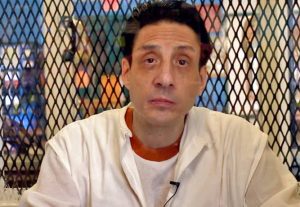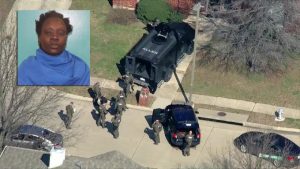President John F. Kennedy, the 35th president of the United States, was assassinated on this date in history, November 22, 1963, while travelling in an open-car procession through downtown Dallas, Texas.
In the same car as Kennedy, John B. Connally suffered significant injuries. Lee Harvey Oswald, the alleged shooter, was detained. President-elect Lyndon B. Johnson took the oath of office.
President John F. Kennedy, an Irish American, was killed in Dallas, Texas, on November 22, 1963.
Also Read| Car crashes into Apple Store in Hingham, Massachusetts: All you need to know
The day of the shooting, Lee Harvey Oswald, the suspect, was detained. That day, the nation was in shock as its elected president was abruptly and forcibly removed from office, and Vice President Lyndon B. Johnson took the oath of office. According to the JFK Library website, the president held a number of campaign events that day in Texas, including one in Dallas, where large crowds of enthusiastic people lined the streets and waved to the Kennedys.
“The car turned off Main Street at Dealey Plaza around 12:30 p.m. As it was passing the Texas School Book Depository, gunfire suddenly reverberated in the plaza,” the website states.
“Bullets struck the president’s neck and head and he slumped over toward Mrs. Kennedy. The governor was shot in his back.”
Also Read| Was Elton John’s farewell concert hacked? Fans wonder after closed captions say ‘Donald Trump’
The youngest man to be elected to the position, John F. Kennedy served as the 35th President of the United States (1961–1963). He was of Irish ancestry and was born on May 29, 1917, in Brookline, Massachusetts, to businessman Joseph Kennedy and his wife Rose. After receiving his Harvard degree in 1940, he joined the Navy. Kennedy guided the survivors through dangerous waters to safety in 1943 after a Japanese warship attacked and sank his PT-109 boat. This was done despite his disabilities.
After the war, he returned to Boston and competed for Congress as a Democrat before being elected to the Senate in 1953. When sunk by a Japanese warship, Kennedy guided the survivors to safety through stormy seas while being injured.







